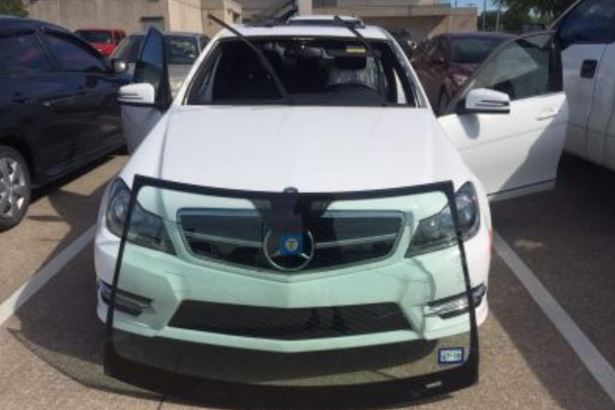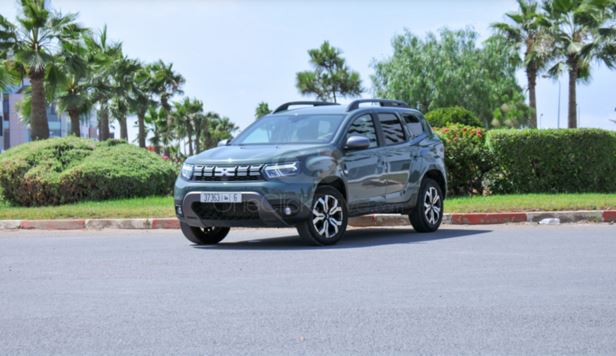Latest Technology Innovations in the Auto Glass Industry
The auto glass industry has experienced significant advancements, with technology transforming everything from manufacturing to customer experience. These innovations contribute not only to improved safety but also to enhanced convenience and environmental sustainability. Here’s a look at the latest technologies shaping the auto glass industry today.
1. Advanced Driver Assistance Systems (ADAS) Integration
ADAS technology has become a core feature in modern vehicles, with a growing array of sensors, cameras, and radar systems integrated directly into auto glass. For example, some windshields now house cameras for lane departure warnings, adaptive cruise control, and automatic braking systems. This integration poses challenges for replacement and repair, as recalibrating ADAS is critical for the system’s functionality.
Recent innovations in ADAS recalibration tools ensure that auto glass technicians can accurately restore these systems to factory standards after a windshield replacement and repair. ADAS-compatible glass requires special handling, and the industry has responded by developing more precise, streamlined recalibration equipment, making repairs more efficient and reliable.
2. Smart Glass: Electrochromic and Photochromic Technologies
Electrochromic and photochromic technologies allow the glass to adjust its tint based on external light conditions, optimizing comfort, safety, and energy efficiency. In the auto industry, these “smart” glass technologies are already being used in some high-end vehicles, allowing the windshield and side windows to automatically darken under bright sunlight. This reduces glare and minimizes UV exposure without the need for additional sunshades or tints.
- Electrochromic Glass: Uses an electric current to change tint levels, giving drivers control over the amount of light allowed into the cabin.
- Photochromic Glass: Automatically adjusts its tint based on the intensity of sunlight, improving visibility and reducing the need for polarized or tinted sunglasses.
3. Gorilla Glass and Laminated Glass for Enhanced Durability
Glass used in smartphones, such as Gorilla Glass, is now being adapted for automotive use. Unlike traditional glass, Gorilla Glass is exceptionally durable and resistant to scratches and impacts. Some manufacturers have incorporated Gorilla Glass in windshields to reduce the chances of cracks and chips from road debris.
Additionally, laminated side glass, which sandwiches a polyvinyl butyral (PVB) layer between two pieces of glass, offers an extra level of safety by making the glass more shatter-resistant. Laminated glass can also help with sound insulation, offering a quieter cabin environment. The durability and shatter-resistant properties of these new glass technologies make them an appealing choice for consumers who prioritize safety and durability. The statistics show this type of technology is more efficient for truck windshield replacement.
4. Augmented Reality (AR) Heads-Up Displays (HUDs)
Augmented Reality (AR) heads-up displays (HUDs) are reshaping the driver experience by projecting critical information directly onto the windshield. Instead of conventional HUDs that project onto a separate display, AR HUDs use the windshield itself, showing information like navigation, speed, and hazard warnings within the driver’s line of sight.
Several manufacturers are experimenting with advanced AR HUDs that create a more immersive driving experience by overlaying navigational cues and pedestrian alerts directly onto the road view, enhancing situational awareness and safety. AR HUDs are expected to become a standard feature in the coming years, especially in electric and autonomous vehicles.
5. Hydrophobic and Self-Cleaning Coatings
Hydrophobic coatings are being used to improve driver visibility in rain, snow, and other adverse weather conditions. These coatings repel water, causing raindrops to bead up and slide off the glass quickly, thereby reducing the need for constant wiper use. Self-cleaning coatings, often made with titanium dioxide, also break down organic materials on the glass when exposed to sunlight, keeping the glass cleaner for longer.
These coatings extend the durability of the glass by reducing erosion caused by constant wiper use. They also provide a clearer, more resilient surface that’s easier to maintain, an appealing benefit for consumers who frequently drive in challenging weather conditions.
6. Environmentally Friendly Glass Solutions
Sustainability is becoming increasingly important in the auto glass industry. Innovations include the use of recycled glass in the manufacturing process and developing glass products that contribute to a vehicle’s energy efficiency. Lightweight, high-strength glass helps improve fuel efficiency by reducing vehicle weight.
Manufacturers are also investing in environmentally friendly production processes, such as reducing emissions during glass production and recycling glass waste. These green initiatives align with broader industry efforts to minimize the environmental footprint of automotive manufacturing.
7. Automated Glass Repair and Replacement Systems
To keep up with the demand for quick, reliable service, the industry is seeing advancements in automated glass repair and replacement systems. Automated systems and robotic tools are now used in some service centers to achieve precise installations, especially important with the sensitivity of ADAS-equipped windshields. Automation also reduces the risk of human error, ensuring that repairs and replacements are consistently accurate. This could also lead to a cheap windshield replacement Dallas.
Wrapping Up
The future of the auto glass industry is driven by innovations that enhance durability, safety, and environmental impact. From ADAS-compatible glass to AR-enabled HUDs, these technological advancements are setting new standards for what drivers can expect in terms of safety, comfort, and convenience. With sustainability and automation becoming top priorities, the auto glass industry is poised for continued growth and transformation, delivering enhanced experiences for consumers and contributing to a greener, safer world.





